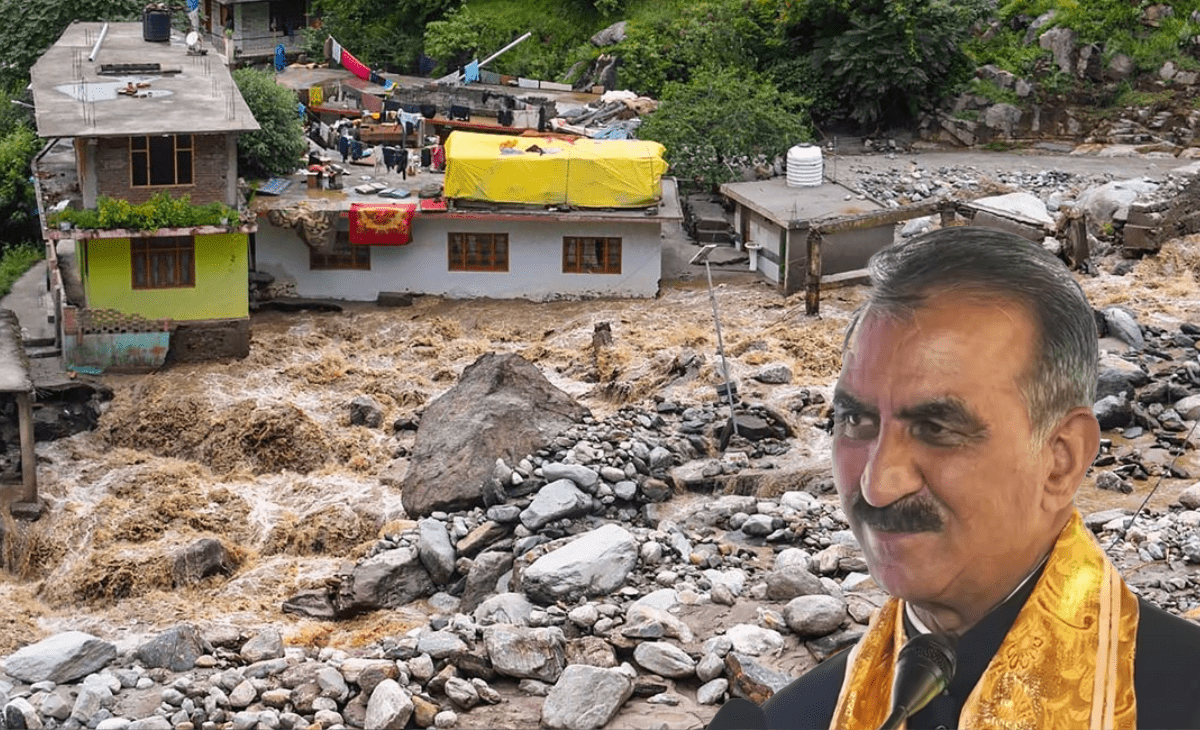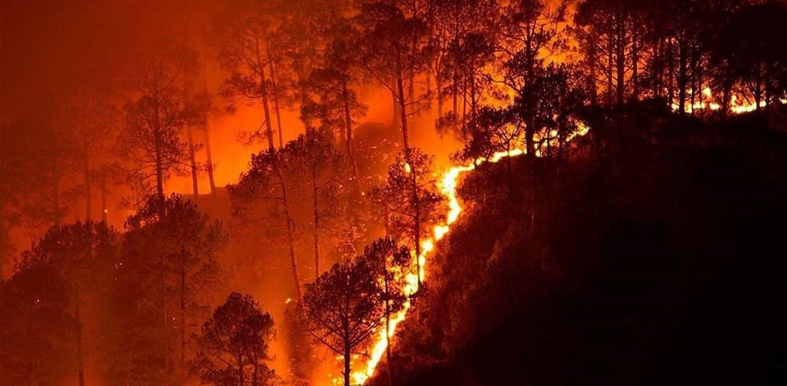Shrey Awasthi
In recent years, Himachal Pradesh has witnessed a sharp rise in natural disasters such as flashfloods, landslides, cloudbursts and road collapses, raising a crucial question: Are these calamities truly “natural” or a consequence of unchecked human interference in fragile ecosystems?
The answer, supported by growing scientific evidence, points toward human-induced disasters, with deforestation, unscientific construction and reckless mountain-cutting emerging as major culprits.
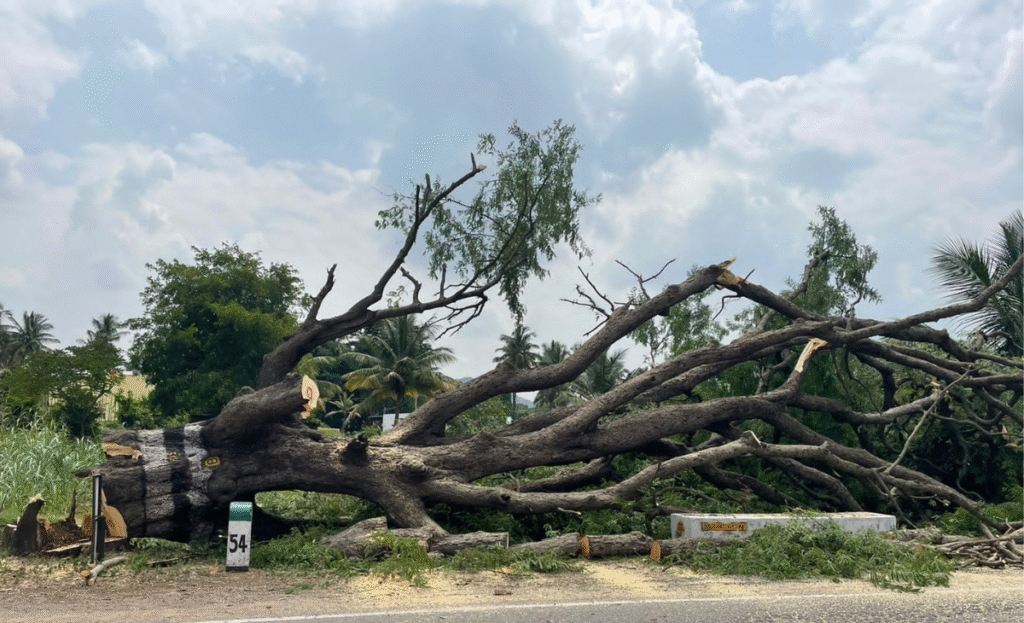
Fragile Himalayan ecosystem
Himachal Pradesh lies in the seismically active Himalayan region, which is geologically young and unstable. While natural factors play a role, human interventions have accelerated the vulnerability of this region to catastrophic events.
According to a study published by the Wadia Institute of Himalayan Geology, 80% of landslides in the western Himalayas are triggered or worsened by anthropogenic activities, including the construction of roads without slope stabilisation, blasting of rocks, riverbed mining and unplanned urbanisation
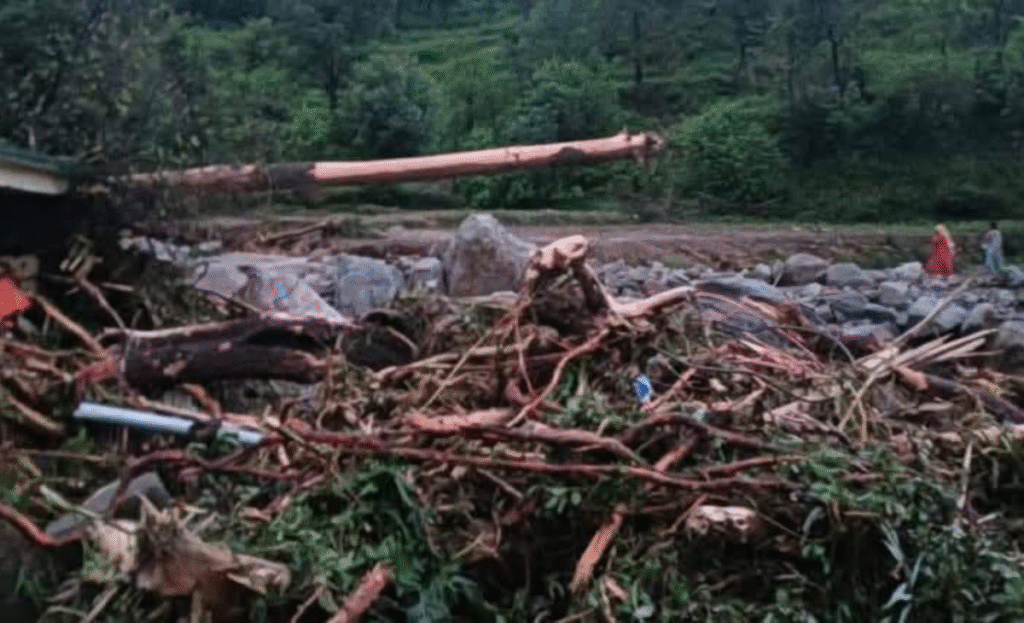
Deforestation a root cause
Data from the Forest Survey of India (FSI) reports that Himachal Pradesh lost over 1,000 sq km of dense forest cover between 2001 and 2020 due to logging, road expansion and tourism-driven development.
Forests act as natural barriers against landslides and flashfloods.
Their destruction leads to loose soil, which is easily washed away during rains. A study by the Indian Institute of Remote Sensing (IIRS) in 2021 showed that regions with 30% or more deforestation had three times more landslide occurrences.

Cutting mountains for roads, construction
Road-building in Himachal often involves vertical hill-cutting, a practice known to destabilise slopes. The construction of the four-lane highway projects (like the Kiratpur-Manali and Parwanoo-Shimla roads) has been criticised for ignoring ecological norms.
According to the State Disaster Management Authority (SDMA), 85% of the landslides in Kullu and Mandi districts occurred near road construction zones. The use of dynamite for blasting has also caused microfractures in rocks, weakening natural slopes.
Warning signs: Climate & rainfall data
Himachal is also witnessing changing rainfall patterns. According to the India Meteorological Department (IMD), in 2023, Himachal received 26% excess rainfall during monsoon. Extreme rainfall events (more than 100 mm in a day) have doubled in frequency over the past 15 years.
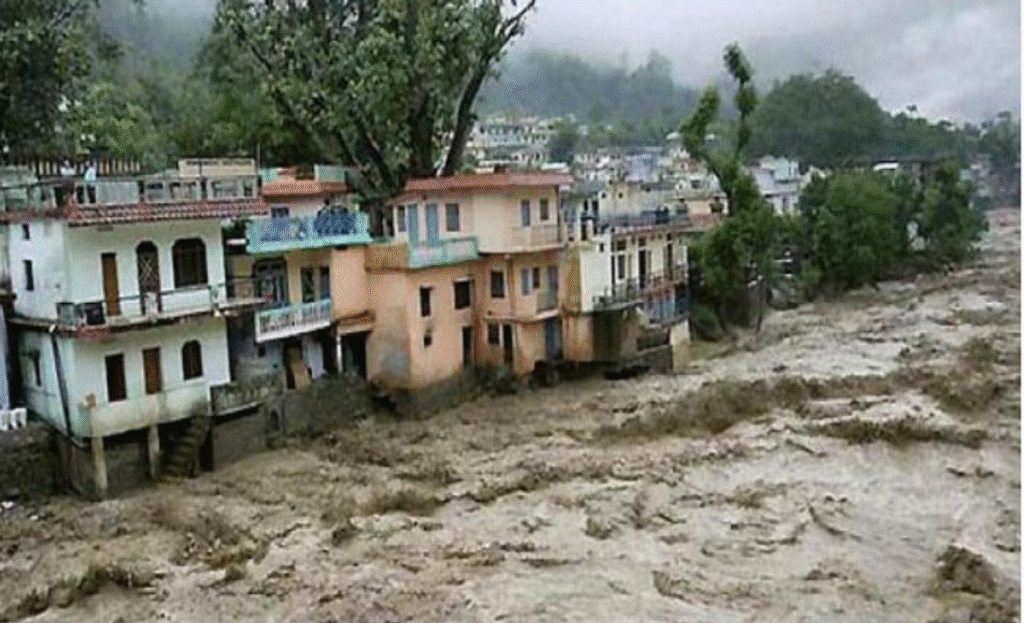
Combined with deforestation and slope instability, this leads to flashfloods and massive slope failures. In July 2023, over 300 landslides and 70 flashfloods were recorded in a single month, causing infrastructure damage worth ₹10,000 crore and claiming 400 plus lives.
Scientific warnings ignored
The CAG Report 2022 slammed Himachal for not conducting environmental impact assessments (EIA) before large-scale projects. The National Green Tribunal (NGT) has repeatedly warned against the degradation caused by hill-cutting, especially in Shimla, Mandi and Kullu districts.
Despite these warnings, large projects continue without adequate slope stabilisation, drainage planning or vegetation restoration.
Time for policy overhaul
Disasters in Himachal can no longer be treated as acts of God alone. The growing scientific consensus suggests a strong link between unsustainable development and rising disaster risk.
Immediate steps that need to be taken include: Enforce strict eco-sensitive zoning laws; ban vertical mountain cutting and blasting near settlements; promote reforestation and afforestation; mandate geological risk assessment before any construction an shift towards low-impact tourism models.
Himachal Pradesh stands at a critical juncture. If current patterns of environmental abuse continue, the state could see more frequent and severe disasters in the coming decades. The onus is now on policy makers, developers and citizens alike to recognise that what we often call “natural disasters” are, in many cases, the direct consequences of human choices. The mountains are crying. It’s time we listen-not just with sympathy, but with action.





